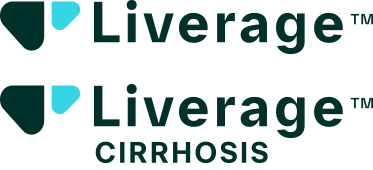What do MAFLD, NAFLD, MASH, and NASH mean?
In metabolic dysfunction-associated fatty liver disease (MAFLD), too much fat has built up in a person’s liver. If it goes untreated, this can progress to more serious liver problems. MAFLD is a newer term for what was previously called non-alcoholic fatty liver disease (NAFLD).
The extra fat in the liver may cause inflammation and scarring – this is called metabolic dysfunction-associated steatohepatitis (MASH). MASH is a newer term for what was previously called non-alcoholic steatohepatitis (NASH).
Healthier eating and increasing physical activity can stop progression to severe liver damage.
If no action is taken, the ongoing inflammation and scarring can lead to a serious liver condition called cirrhosis.
A liver with cirrhosis may become so scarred that it can no longer perform its vital functions in the body.
People with MASH are also more likely to have additional related conditions such as obesity and type 2 diabetes.
How do I know if I have problems with my liver?
Some people in the early stages of MASH don’t have any obvious symptoms. The only way to find out is to have some medical tests. Early diagnosis of liver damage is important so steps can be taken to stop it progressing. Making positive changes as early as possible can help avoid other related conditions such as heart disease.
Lifestyle changes
Making some lifestyle changes is key to stopping the progression to severe liver damage (cirrhosis). Advice from healthcare professionals about healthier eating and physical activity can be very helpful. Getting enough sleep is also important.
Treatment options
At the time of writing this information, there are very limited treatment options for doctors to prescribe specifically to treat people with MAFLD or MASH. Your healthcare provider will likely focus on medications to treat conditions that may complicate MASH, such as type 2 diabetes or high blood pressure.
Treatment options for MASH are limited. You could play a key role in clinical research aimed at advancing a potential medication specifically for people with this condition.
Related links
By selecting the button below you acknowledge you are leaving the LIVERAGE™_LIVERAGE™ Cirrhosis Studies website and continuing to another website not covered under the LIVERAGE™_LIVERAGE™ Cirrhosis Studies website Privacy policy.
Proceed to website

